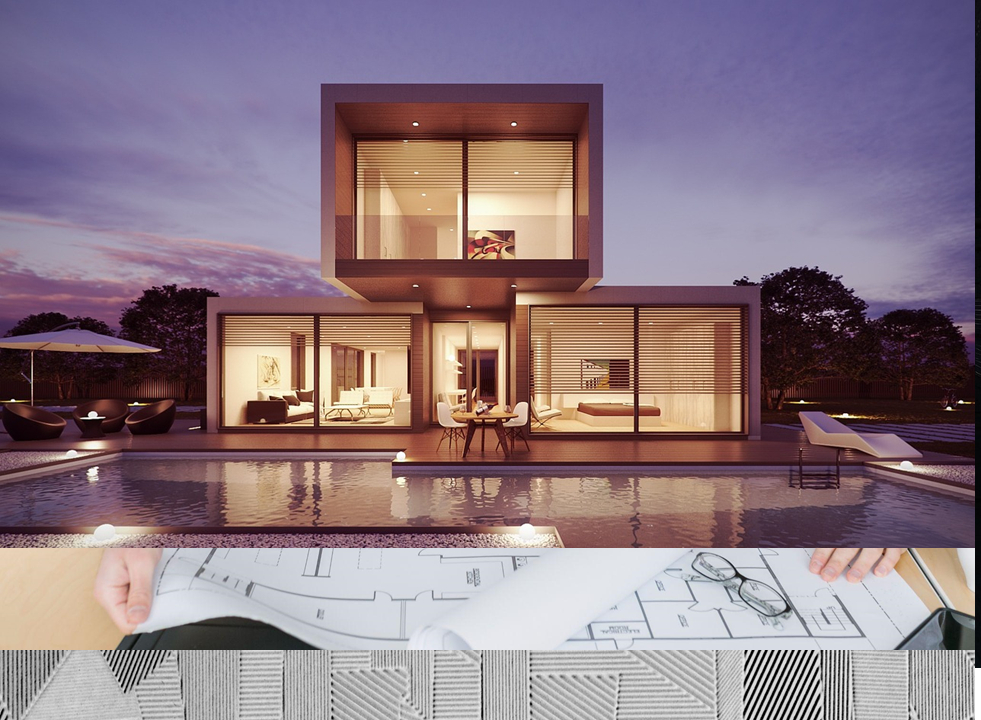TLDR:
Formliners are now considered an essential tool in the architectural world. It has many uses for architects and designers, including adding textures, patterns, and different visual interests to concrete surfaces.
Formliners can add artistic value to any construction project such as buildings, retaining walls, and bridges. Not only does it provide an aesthetic appeal but it also adds durability and longevity to the projects.
To achieve their design goals, architects and designers can select from various formliners and select different patterns and textures. Common patterns include geometric shapes, organic materials like wood or stone, abstract patterns, and custom designs.
By enhancing concrete surfaces with aesthetic flair and visual intrigue, formliners play a crucial part in architectural design.
They offer architects and designers a flexible tool to produce one-of-a-kind, eye-catching structures. Formliners enable architects to push the bounds of creativity and take their artistry to the next level.
The Role of Formliners in Creating Remarkable Architecture
In addition to being a functional component in the architecture industry, formliners also hold significant artistic value. They allow the architects to express themselves with their creativity and leave a long-lasting impression. Let’s explore the artistic side of formliners and see their role in creating aesthetic architectural work.

1. Expressive Design Possibilities:
Formliners provides architects with several design possibilities. They have the option to choose from a wide range of pre-designed formliners or even collaborate with designers to come up with new options. These design possibilities help the architect in creating visually striking and unique concrete designs.
Formliners come in a variety of patterns and textures, from elaborate geometric patterns to organic shapes inspired by nature. Artists have a choice to select the formliner design that goes well with their intended design. For instance, they may choose a formliner with more angular patterns to give a sense of modernity.
Formliners also allow architects to incorporate cultural references and symbolic motifs into architectural design. They can give the project an identity by choosing designs that resonate with certain cultural themes. Ultimately, creating a deeper connection in the community.
In order to produce dynamic compositions that captivate the viewers, architects can play with the scale, repetition, and placement of formliners. With the help of formliners, architects can produce expressive and breathtaking concrete designs.
2. Texture and Depth
Formliners also help architects to introduce depth and texture to plain concrete surfaces. It adds richness and invokes emotions in the architectural experience. With textured surfaces, the viewers will be able to visually experience the architectural work.
Architects can also customize texture and depth to create interplay of light and shadows. Through this interplay of light and shadows and integrating it with the surrounding environment, designers can create aesthetic architectural designs.
3. Customization and Uniqueness
Formliners allow architects to customize and create new patterns and designs. They often use this level of customization to make personalized designs for clients. The process of customization starts with the exchange of ideas between the manufacturer and the architect.
Architects can share their vision and goal with manufacturers that they wish to incorporate into the formliner. Formliners manufacturers, who are more experienced in their production and can offer their valuable input and expertise to refine the design.
The manufacturing starts with the creation of mold based on the required design. Formliners are made and finalized from this mold that will be used in the construction process. Manufacturers make this mold from various materials such as:
- Rubber
- Wood
- Silicones
- 3-D Printed Components
The personalized touch in the design process maximizes the aesthetic appeal and makes the project unique. The overall customization process provides the client with a unique complete project that stands out.
4. Creating Focal Points
Formliners also allow architects to create a focal point in a structure. Creating focal points in a building can draw attention and add more visual interest in specific areas of the project. With the help of bold patterns, unique designs, and textures, formliners can help in creating captivating focal points.
Architects can pinpoint important elements and features that they want to emphasize and highlight. These elements include:
- Architectural details
- Entrances
- Vertical surfaces (walls or columns)
It can include any area in the building that the architect wants to make prominent. Once the architects have identified the focal points, they may use formliners to create eye-catching patterns and designs in those areas.
For instance, an architect may decide to highlight a feature wall in a building’s interior with an intricate pattern. This intentional use of the formliners may capture the viewer’s attention toward that designated area.
To further accentuate the focal point, formliners can be used with other architectural elements such as lighting, landscaping, and artwork. Planned lighting can help in highlighting textures and patterns to amplify their visual impact.
Landscaping or placing sculptures near the focal points can enhance their presence. These focal points contribute to improving visual composition and add uniqueness to the architecture.
5. Long-Lasting Artistic Impressions
Formliners contribute to the longevity of the artistic impressions of a structure. They ensure that the intended design lasts for a long time. Formliners ensure longevity due to the materials used to create them and also their ability to combat environmental factors that cause wear and tear.
Materials such as elastomeric urethane and high-density polyurethane are resistant to degradation since they can endure harsh weather conditions. They also have the ability to combat UV rays and physical stress; thus ensuring that patterns and designs remain intact over a lifespan.
Formliners also act as an extra protective layer for concrete surfaces; helping the building against weathering, impact, and abrasion. Apart from that, formliners also help in minimizing the visibility of surface imperfections such as small cracks and blemishes.
It reduces the need for frequent repairs and maintenance while also ensuring that artistic value remains intact. The durability, combined with their ability to protect artistic value makes formliners an ideal choice in the construction industry.







